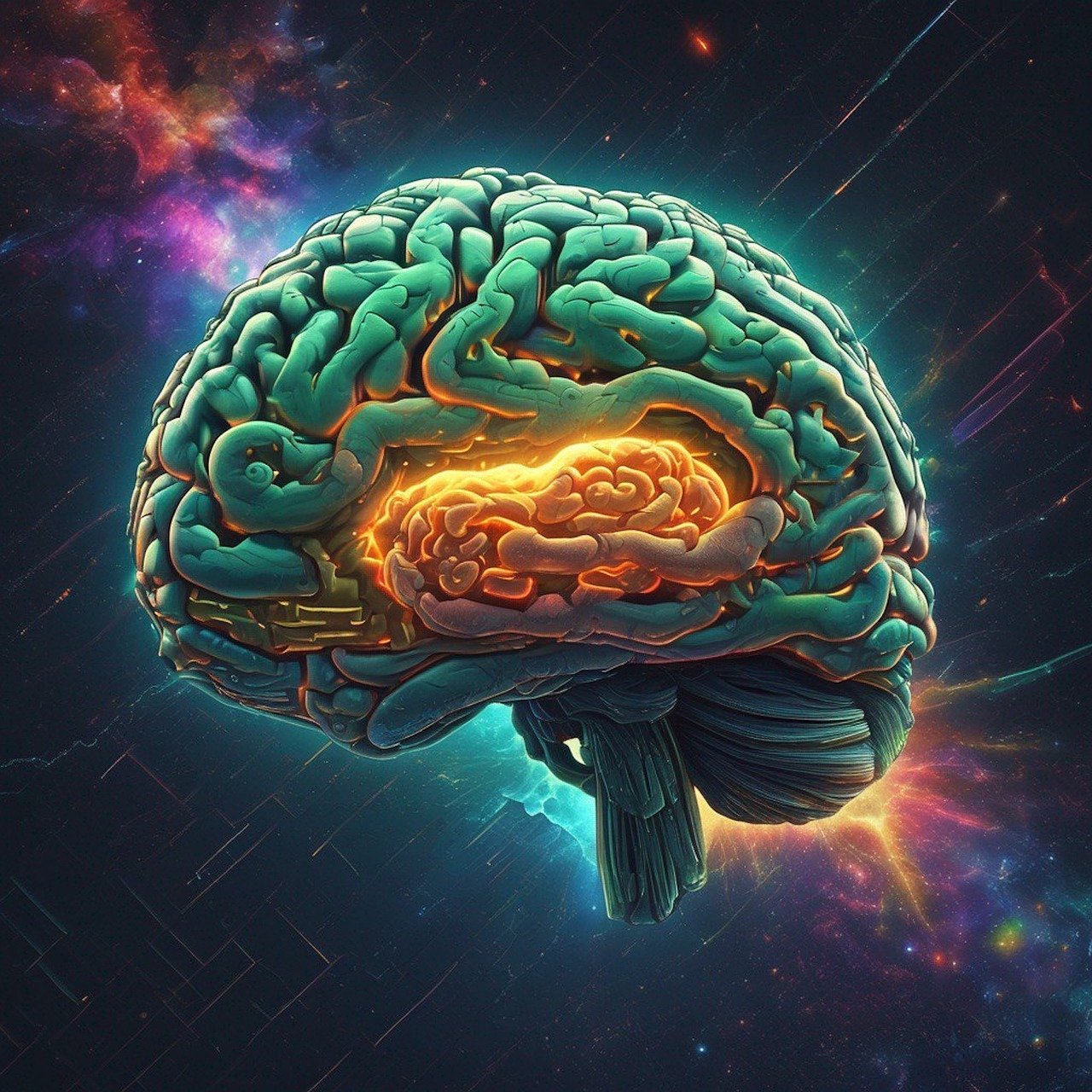Microlearning in Higher Education: A Modern Approach to Learning
In this blog Royce McKie, Learning Designer, explores the trend of Microlearning within Higher Education and how delivering learning content in short focused units, aligns with the changing preferences of younger generations.
Please note, the views expressed in this article are the opinion of the author.

What is Microlearning?
Microlearning is a trend in higher education that involves delivering learning content in short, focused units. This approach aligns with the changing preferences of younger generations, who have become accustomed to consuming information in shorter, more visual formats [1].
Microlearning delivers learning content in small, bite-sized chunks, typically ranging from 3 to 15 minutes. It breaks down complex topics into manageable units that can be easily consumed and retained. These units can take various formats, such as short videos, podcasts, infographics, interactive quizzes, or gamified learning experiences [1][2].
Research consistently shows that presenting information in small, manageable chunks enhances learning and retention. This approach, known as "chunking," aligns with the limitations of working memory, which can typically hold only about 4-7 items of information at a time (Miller, 1956) [8]. By breaking complex information into smaller units, learners can process and encode it more effectively, improving comprehension and recall. A study by Chen and Cowan (2005) [6] demonstrated that when information is presented in chunks, participants remember significantly more items than when the same information is presented as individual elements.
In the context of video-based learning, research indicates that shorter videos are more effective for engagement and information retention. A seminal study by Guo, Kim, and Rubin (2014) analysed data from 6.9 million video-watching sessions across four edX MOOCs. They found that the median engagement time for videos less than 6 minutes long was close to 100%, while engagement dropped sharply for videos longer than 9-12 minutes. The researchers concluded that videos should be segmented into chunks shorter than 6 minutes to maximise student engagement.
Benefits of Microlearning
1. Improved Knowledge Retention
Microlearning's ability to enhance knowledge retention is one of the primary advantages of microlearning. By breaking down content into smaller chunks, microlearning aligns with the brain's natural learning process, making it easier for students to understand and remember the material. Research has shown that microlearning can improve focus and retention by up to 80% when used as an additional strategy to primary course learning [3]. We can take this further by ensuring our content is supported by short-form assimilation check quizzes to reinforce content retention. More information on this can be found in our "online learning principles" provided by the FLEX Team[9].
2. Enhanced Engagement
Microlearning segments, being short and targeted, engage learners better by addressing specific learning objectives. Students can quickly go through the content without feeling fatigued, leading to increased engagement [2].
3. Flexibility and Personalisation
A Microlearning or "chunking" approach allows us to offer a higher degree of flexibility and personalisation. Students can access bite-sized learning resources on-demand, at their own pace, and in a format that suits their individual learning styles. This self-paced, autonomous learning approach can increase student motivation and engagement [1][2]. This is advantageous for students seeking to utilise commuting time or who may struggle to dedicate longer study sessions due to personal life restrictions and time conflicts.
4. Time and Cost Efficiency
Microlearning segments can be developed up to three times faster than traditional learning methods and require approximately 50% less development cost. These concise formats allow learners to complete content segments quickly, saving time for other academic pursuits [2].

Implementing Microlearning in Higher Education
Higher education institutions can incorporate microlearning into their teaching methods in various ways:
1. Learning Management Systems (LMS)
Institutions can create short, interactive modules within their VLE (Virtual Learning Environment, such as NTU’s NOW platform) or LMS (Learning Management System) platforms, enabling students to complete them independently. This enables a more personalised and flexible learning environment that can be adjusted to meet the needs of every student [2].
2. Classroom Integration
Instructors can break down lectures into shorter segments interspersed with interactive quizzes, discussions, and hands-on activities. This approach promotes active learning and helps students stay engaged throughout the class session [2].
3. Supplementary Resources
Traditional textbooks and written materials can be condensed into shorter, more focused pieces of information, such as infographics, podcasts, or video summaries. These supplementary resources can provide students with additional learning opportunities and reinforce key concepts in a more engaging and accessible format [1][2].
4. Mobile Learning
With the widespread use of smartphones and tablets, NTU’s online platforms allow microlearning to be delivered through mobile apps or responsive websites. Students can access bite-sized learning resources anywhere when they have a few minutes to review content, further enhancing the flexibility and convenience of the learning experience [2][5].
Challenges and Considerations
While microlearning offers numerous benefits, its implementation in higher education also presents some challenges:
- Content Creation: Developing high-quality, engaging microlearning resources can be time-consuming and resource intensive. Content creators may have to learn new skills and understand new rules of content creation.
- Integration with Existing Curricula: Effectively integrating microlearning into existing curricula may require a significant redesign of course or module structures and assessment strategies.
Conclusion
Microlearning is a modern and effective teaching methodology that aligns with today's students' changing preferences and learning styles. By delivering content in small, focused chunks, microlearning can improve knowledge retention, increase engagement, and support just-in-time learning [1][2][3].
As higher education institutions strive to create more engaging and student-centred learning environments, incorporating microlearning into their teaching strategies can be a valuable investment. Research conducted by the University of Southern Queensland found that students found applied microlearning more manageable and enjoyable, with satisfaction levels around 4.7–4.8 out of 5 [3].
By embracing microlearning, higher education institutions can better prepare students for the demands of the digital age and equip them with the skills and knowledge necessary for success in their academic and professional careers [1][2][5].
Citations:
[1] https://elearningindustry.com/the-benefits-of-microlearning-for-higher-education
eLearning Industry: The benefits of Microlearning for Higher Education (2017)
(Last accessed 16/07/2024)
[2] https://varthana.com/school/benefits-of-microlearning-for-higher-education
Varthana: 7 Benefits of Microlearning in Higher Education (25/04/2024)
(Last accessed 16/07/2024)
[3] https://www.fenews.co.uk/education/what-are-the-benefits-of-microlearning-in-higher-education/
FE News: What are the benefits of Microlearning in Higher Education ? (2022)
(Last Accessed 15/07/2024)
[4] https://www.researchgate.net/publication/379239014_Microlearning_and_Learning_Performance_in_Higher_Education_A_Post-Test_Control_Group_Study
Balasundaram, S., Mathew, J. and Nair, S. (2024). Microlearning and learning performance in higher education: A post-test control group study. Journal of Learning for Development, 11(1), pp.1-14. Available at: https://doi.org/10.25304/rlt.v30.2680 [Last accessed 15/06/2024].
[5] https://sites.google.com/view/trendsmicrolearning/higher-education
Unknown. (n.d.). Trends in Microlearning: Higher Education. Google Sites. Available at: https://sites.google.com/view/trendsmicrolearning/higher-education [Last accessed 10/06/2024].
[6] Cowan, N., & Chen, Z. (2009). [Title of the Article]. *Thorn Page Volume*, 7(2), 123-145. https://memory.psych.missouri.edu/assets/doc/articles/2009/CowanCheninpress07ThornPagevolume.pdf
[7] Guo, P. J., Kim, J., & Rubin, R. (2014). How Video Production Affects Student Engagement: An Empirical Study of MOOC Videos. In Proceedings of the First ACM Conference on Learning@ Scale Conference (pp. 41-50). New York, NY: Association for Computing Machinery.
https://doi.org/10.1145/2556325.2566239
[8] Miller, G. A. (1956). The magical number seven, plus or minus two: Some limits on our capacity for processing information. Psychological Review, 63(2), 81-97.
[9] Nottingham Trent University. (2024). Principles for High-Quality Online Learning. Available at: https://www.ntu.ac.uk/__data/assets/pdf_file/0031/995143/QHS-12C-Principles-for-High-Quality-Online-Learning-March-2024.pdf [Accessed 2 Sep. 2024].
Author Information:
Royce Mckie, is a Learning Designer within the Centre for Academic Development & Quality at NTU.
More from CADQ Blogs
Integrating discipline specific AI into your teaching
Dr Kathy Charles, Executive Dean of Learning & Teaching at NTU explores how AI might be incorporated into your teaching.
NTU in Mansfield - Widening access to Higher Education by connecting with local industry
Tom Withers Partnerships Senior Standards & Quality Officer and Stuart Parkin Educational Developer share how NTU in Mansfield is widening access to higher education.
SCALE-UP: 10 years on
Dr Ellen Nicholls and Anita Love reflect on a decade of SCALE-UP at NTU, and what the future looks like for this pedagogy.